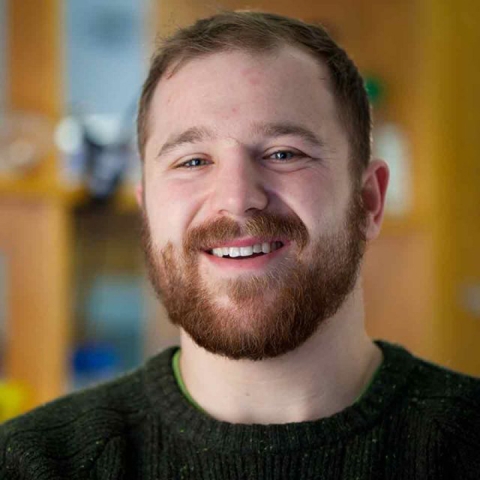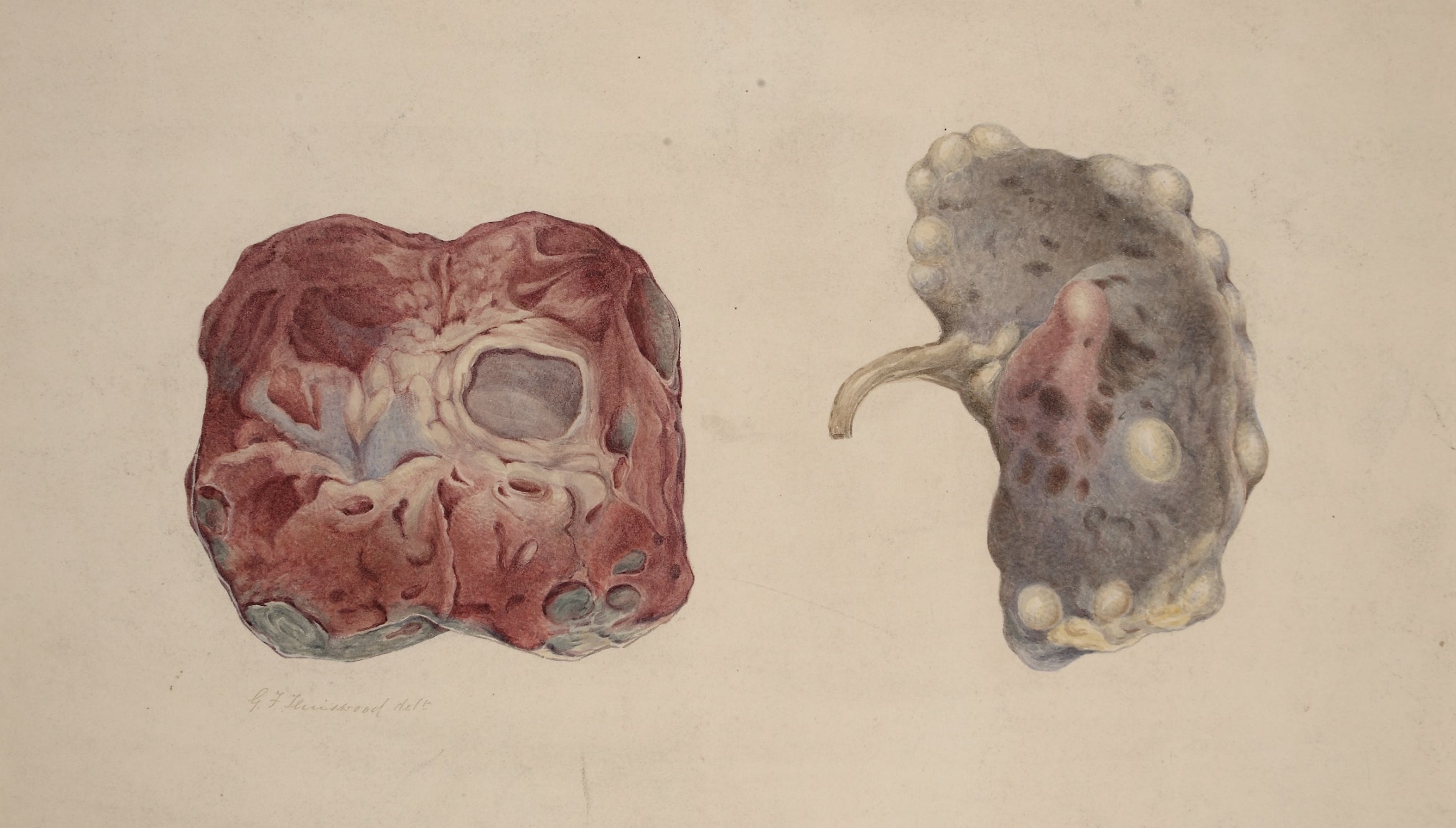
UC Santa Barbara researchers and collaborators from campus biotech spinoff Integrated Biosciences, as well as Harvard, MIT, Princeton and genomics company Illumina Ventures are using optogenetics — the use of light to probe the functions of living tissue — to find compounds to help our bodies more effectively help themselves in times of physiological stress. Using an optogenetic platform developed in synthetic biologist Max Wilson’s lab at UCSB, they have already discovered dozens of molecules that can act as pan-antivirals and, specifically, two chemical scaffolds that could serve as promising development candidates in the host-directed antiviral space.
“We ended up testing them on Zika,” said Wilson. “And they worked. RSV: they worked. Herpes: they worked. And they worked almost as well as the state-of-the-art treatment, but they were completely unoptimized. So it’s very promising.”
Their research appears in the journal Cell.
The Integrated Stress Response
The Integrated Stress Response (ISR) is the cellular mechanism that we have to thank for helping us adapt to and recover from the physiological stresses life throws at us. From viruses to cancers, from nutrient deficiencies to age-related neurodegeneration, the ISR sets in motion complex processes aimed at helping cells survive and recover, or, alternatively, promote a programmed death to remove faulty and damaged cells.
“It’s an incredibly important signaling network,” said Wilson. And indeed, the ISR acts like a hub, taking in stress signals and activating responses as needed by encoding specific proteins or triggering changes in gene expression. Scientists have long known about this powerful mechanism and its potential in biomedical applications to help the body help itself recover from a variety of insults. However, the complexity of the system makes it difficult to successfully and precisely wield the power of the ISR.
“Any normal environmental stress that you put on cells activates several pathways simultaneously,” Wilson explained, “and so it’s very hard to study one stress response at a time.” Additionally, to generate these specific responses, cells have to be placed under stress, but then it becomes difficult to determine whether the response is from an ISR pathway, or if it is due to damage that cell is experiencing, or some other effect of cellular repair or failure. On top of that, molecules that do activate the appropriate ISR pathway must do so without being toxic to the cell itself for them to be therapeutically effective.
However, with the optogenetic platform developed in Wilson’s lab, which uses light to create “virtual stress” without actually causing trauma to the cells, biomedicine has come much closer to understanding and mastering the ISR. Following on previous work in which the UCSB researchers were able to activate with light a “stressless stress response” pathway involved in the innate immune response to viruses, this collaboration reasoned that in identifying this pathway, they could efficiently screen hundreds of thousands of small molecules for their potential to potentiate antiviral stress responses.
The initial screen of 370,830 compounds resulted in about 300 “shortlisted” compounds that selectively potentiate cell death — that is, amplify the stress response that kills only infected cells so they can be removed, which also reduces the virus’s ability to multiply and spread. In addition to their successful in vitro tests with Zika, Respiratory Syncytial Virus (RSV) and herpes, they were able to demonstrate the compounds’ efficacy in vivo on a mouse model of ocular herpes. Further studies would be needed to validate and optimize these compounds and better understand their mechanisms of action.
The idea for this optogenetic screening platform came to Wilson at the height of the COVID pandemic, when his lab was heavily involved in making COVID tests to monitor its spread in the community.
“And so I have been thinking about what the world needs to be better prepared for the next pandemic,” said Wilson, whose innovative approach to drug discovery led him to co-found Integrated Biosciences. “And I came to the conclusion that probably the only thing that has a really good chance of working would be host-directed pan-antivirals, because you don’t know what the virus is until too late and it takes too long to make a vaccine. So we need just molecules that people can take that make us just generally better at fighting infections.”
This approach feeds into research the Wilson Lab is now conducting to discover compounds that can help us age more healthily. Aging affects some of these ISR pathways, which could lead to some of the diseases that occur later in life, including adult-onset diabetes, some neurodegenerative disorders and cancers. At Integrated Biosciences, the team is now using optogenetics to interrogate and find small molecules that modulate multiple conserved signaling networks implicated in age-related diseases. This new study serves as a strong proof of concept highlighting the platform’s potential.
“We think we now have this really exciting platform where we can understand how a pathway is dysregulated in a particular age-related disease by probing it with optogenetic tools and supplying the small molecule that corrects that pathway dysregulation, thereby correcting the disease.
“I think we are only scratching the surface of what optogenetics can achieve in drug discovery,” Wilson added. “We are excited to see if we can use this new approach to bring transformative treatments all the way to the clinic. That’s the dream.”
Research in this study was also conducted by Felix Wong (lead author), Alicia Li, Satotaka Omori, Ryan S. Lach, Jose Nunez, Yunke Ren, Sean P. Brown, Vipul Singhal, Brent R. Lyda, Taivan Batjargal, Ethan Dickson, Jose Roberto Rodrigues Reyes and Juan Manual Uruena Vargas at UCSB. Shalaka Wahane and Hahn Kim at Princeton University, and James J. Collins at Harvard University also contributed research.




